دستگاه تشخیص عیب اولتراسونیک MFD620C
MFD620C Ultrasonic Flaw Detector
- برند : شرکت MITECH
- دسته بندی : دستگاههای التراسونیک
MFD620C یک دستگاه تشخیص عیوب اولتراسونیک دیجیتال پیشرفته است که دارای یک ال سی دی TFT چند رنگ و مجموعه ای از ویژگی های جدید برای برآوردن نیازهای چالش برانگیز بازرسی است. قابلیتهای قدرتمند تشخیص و اندازهگیری عیوب، ذخیرهسازی گسترده داده، و توانایی انتقال دادههای بازرسی دقیق به رایانه شخصی از طریق درگاه USB پرسرعت خود را ترکیب میکند. این ابزار دارای بسیاری از ویژگیهای پردازش سیگنال پیشرفته از جمله پهنای باند RF 15 مگاهرتز برای آزمایش مواد نازک، فیلترهای باند باریک برای بهبود سیگنال نسبت به نویز در کاربردهای با بهره بالا، یک پالسر سنبله برای کاربردهایی که به فرکانسهای بالاتر نیاز دارند، و یک پالسر موج مربعی قابل تنظیم برای بهینهسازی نفوذ میباشد. روی مواد ضخیم یا بسیار ضعیف کننده عملکرد ضد آب، ضد روغن، ضد گرد و غبار آن می تواند به سطح حفاظت IP65 برسد. ابزار دقیق حرفه ای لازم برای تشخیص عیب، کنترل کیفیت، نظارت بر ایمنی و ارزیابی زندگی در زمینه های نفت، شیمیایی، متالورژی، کشتی سازی، هوانوردی، راه آهن و غیره است.
Function & application
The instrument can be widely used in locating and sizing hidden cracks, voids, disbands and similar discontinuities in welds, forgings, billets, axles, shafts, tanks, pressure vessels, turbines and structural components.
Working Principle
When presence of a defect in a workpiece with homogenous material, due to the defects, it will inform the interface among different mediums between the defect and workpiece. As the acoustic resistance is different at the interface, after the pulsing ultrasonic wave met the interface, it will produce reflection. The reflected energy will be received by the probe. Then it will show a reflection waveform in a certain abscissa position in the display screen which is the defect depth in the workpiece. The height and shape of reflecting wave would be different caused by the different defects which reflect the defect’s character.
Working Conditions
Operating Temperature: -10℃ to 50℃;
Storage Temperature:-30℃ to 50℃
Relative Humidity: (20 ~ 95)% RH
The surrounding environment should avoid of vibrating, strong magentic field, corrosive medium and heavy dust.
Instrument Features
Receiver
Sampling:10 digit AD Converter at the sampling speed of 160 MHz
Rectification:Positive Halfwave, Negative Halfwave, Fullwave and RF
Analog Bandwidth: 0.5MHz to 10MHz capability with selectable frequency ranges (automatically set by the instrument) to match probe for optimum performance.
Gain:0 dB to 110 dB adjustable in selectable steps 0.1 dB, 1.0dB, 2 dB, 6 dB, and locked.
Gates
Two fully independent gates offer a range of measurement options for signal height or distance using peak triggering.
The echo-to-echo mode allows accurate gate positioning for signals which are extremely close together.
Gate Start: Variable over entire displayed range
Gate Width: Variable from Gate Start to end of displayed range
Gate Height: Variable from 0 to 99% Full Screen Height
Alarms: Threshold positive/negative
Memory
Memory of 50 channel files to store calibration set-ups
Memory of 1000 wave files to store A-Scan patterns and instrument settings.
All the files can be stored, recalled and cleared.
Video Recorder
Screen scenes can be captured as movie files. As long as 2 hours movie can be saved to the inside memory. It can be re-played using the instrument or the PC software delivered with the instrument.
Video Recorder is useful in many situations, it is very convenient for those who want to analyze the probing activities later.
Real Time Clock
The instrument clock keeps running tracking the time.
Communication
High speed USB2.0 port. Two USB modes can be selected: U-DISK and U-BRIDGE. In U-DISK mode, the instrument acts as a USB flash disk when connected to PC. Configuration files, saved pictures and recorded movies can be copied to PC when possible. In U-BRIDGE mode, the instrument exchanges data with DataPro Software. The optional DataPro software helps manage and format stored inspection data for high-speed transfer to the PC. Data can be printed or easily copied and pasted into word processing files and spreadsheets for further reporting needs. New features include live screen capture mode and database tracking.
Operating Method and Attentions
Simple Operation Way:
1. Connect the probe to instrument with probe cable
2. Power on the instrument
3. Choose the channel and clear the present channel
4. Calibration the probe
Straight Probe: P-Delay
Angle Probe: P-Delay, X-value, Angle
5. Make AVG curve (straight probe), DAC curve (angle probe)
6. Choose the function setting
7. Detecting flaw in the workpiece
8. Record the flaws
9. Power off the instrument after operation
Notes
1. During pressing key operation, please not be too hard. Please not use the hands with much oil or mud for operating the instrument keypad to avoid affecting the keypad working life.
2. Please clear the instrument cover after operation
3. Please keep the instrument in a dry and clean place
4. Please avoid oil, water or other liquids into the instrument and clean the instrument surface regularly.
5. Make sure not twist or press the probe cable, communication cable and power cable. Please grasp the plug root during inserting or pulling the cable. Don’t grasp the cable for pulling or inserting.
6. Please make sure the standard battery for working power adapter for charging. Otherwise, the instrument would be damaged easily.
Instrument Maintenance
1. Care of the Instrument
Clean the instrument and its accessories using a moist cloth. Only use the following recommended instrument cleaners: water, a mild household cleaner or alcohol (no methyl alcohol).
Attention:
Do not use any methyl alcohol, solvents, or dye penetrated cleaners!
The plastic parts can be damaged or embrittled by these.
2. Care of the Batteries
Capacity and life of batteries mainly depend on the correct handling. Please therefore observe the tips below.
You should charge the batteries in the following cases:
Before the initial startup
After a storage time of 3 months or longer
After frequent partial discharge
3. Maintenance
The instrument requires basically no maintenance.
Attention:
If the accident occurred during instrument using, the instrument will be abnormal which means the instrument will not be able to use. Please turn off the instrument connection with the battery by putting the battery switch to off. Then, power on the instrument again after waiting one minutes to see if it is back to normal.

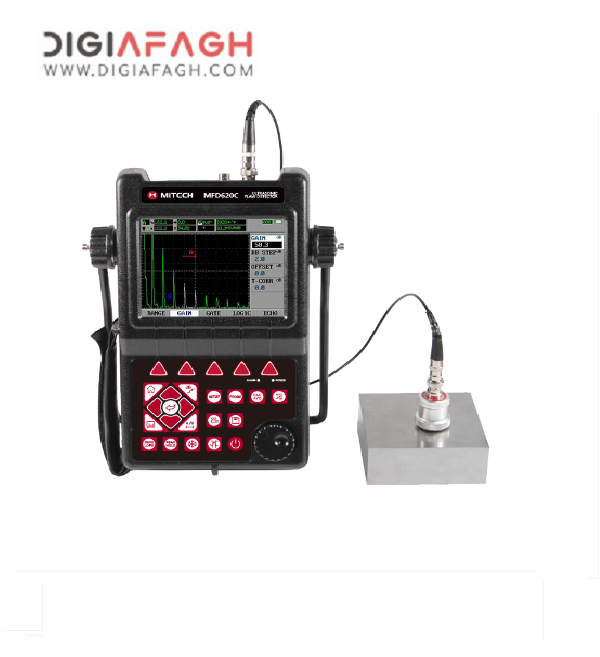




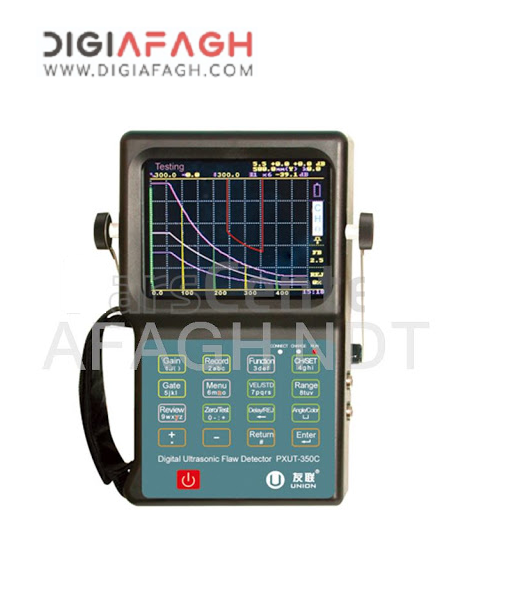
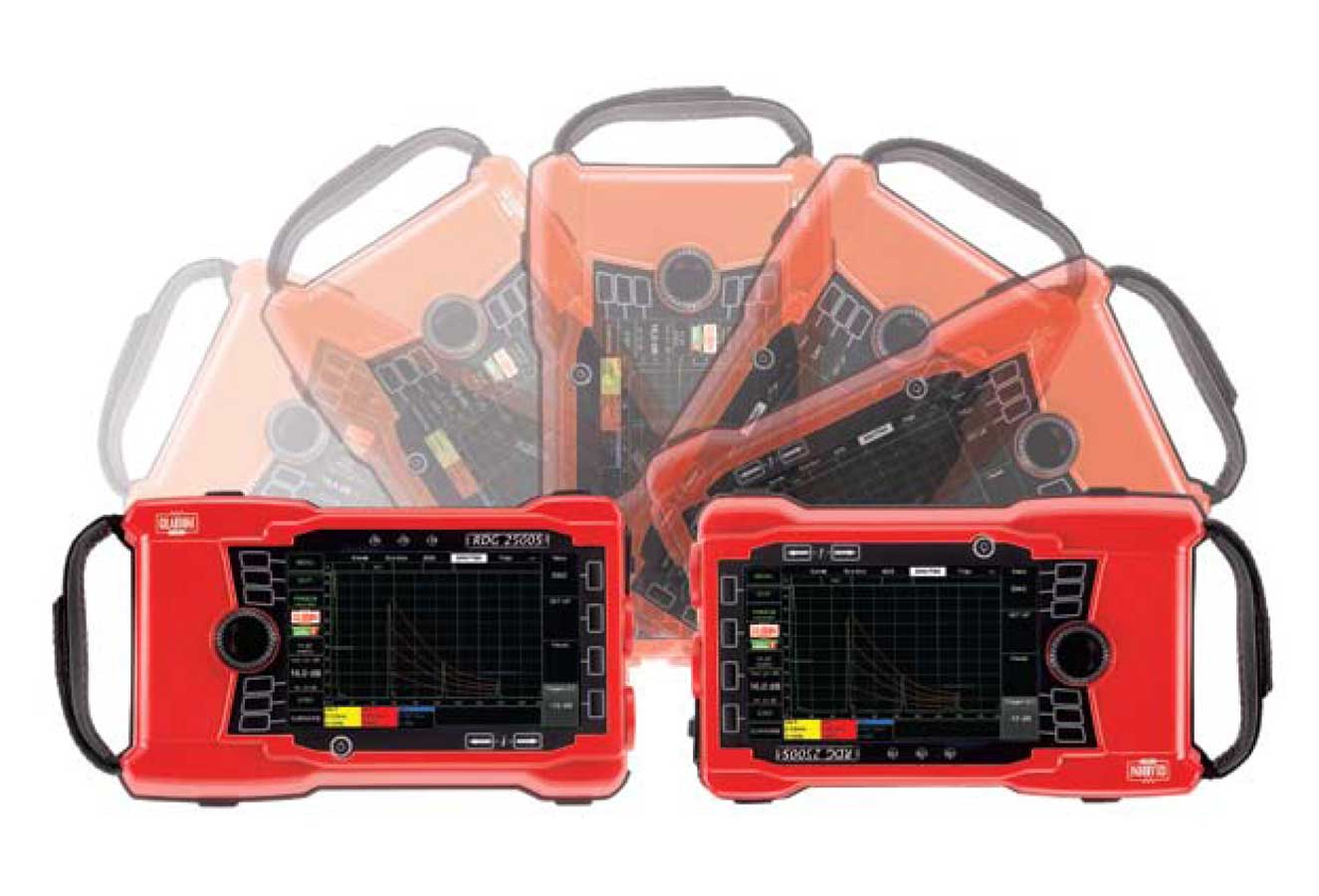
.svg.png)
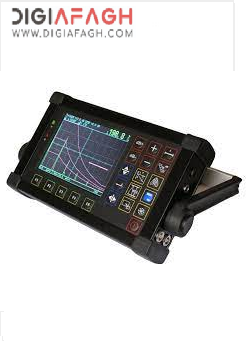
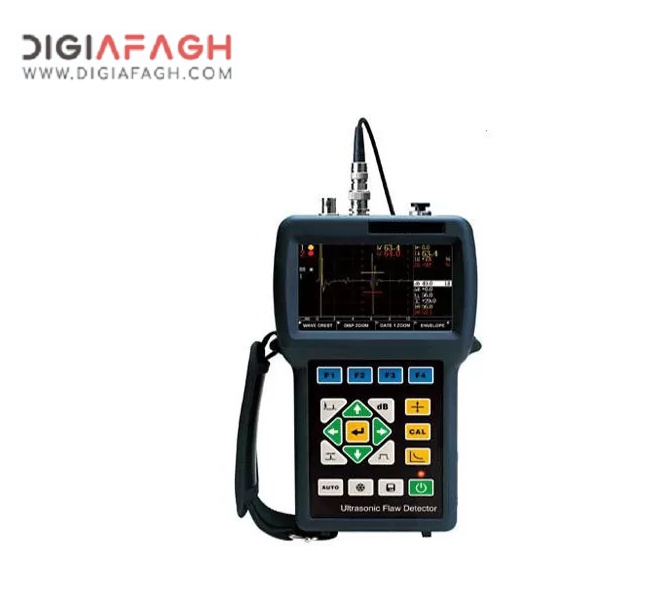
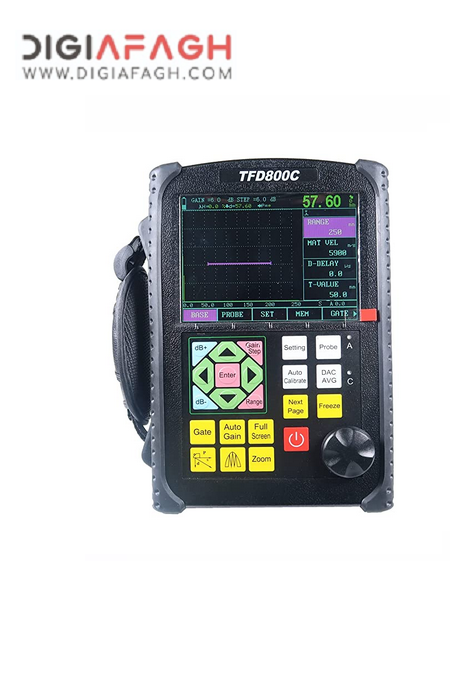
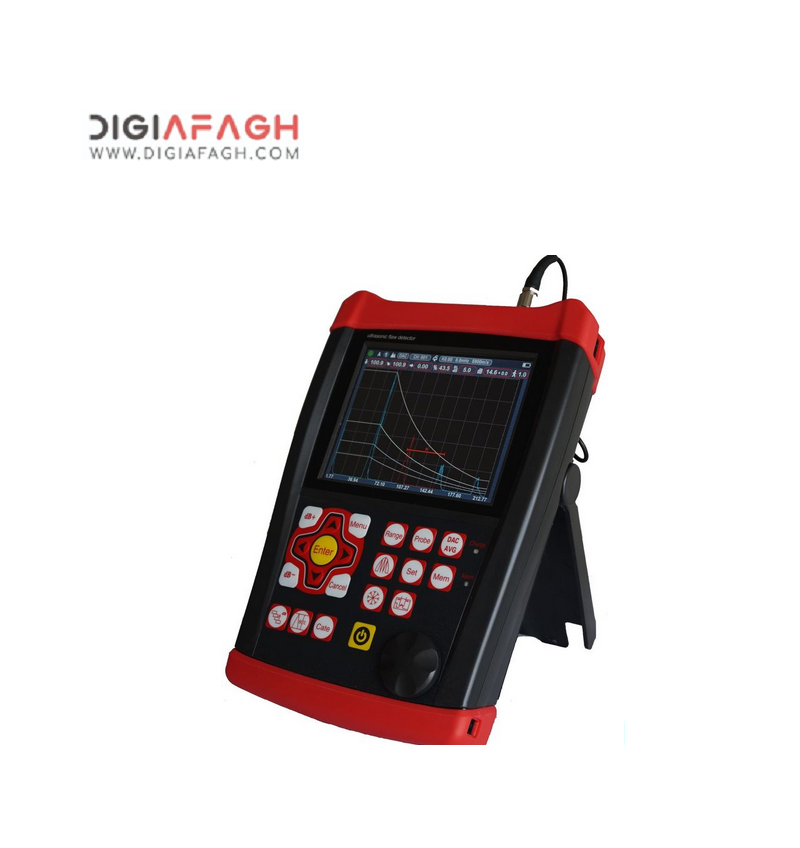
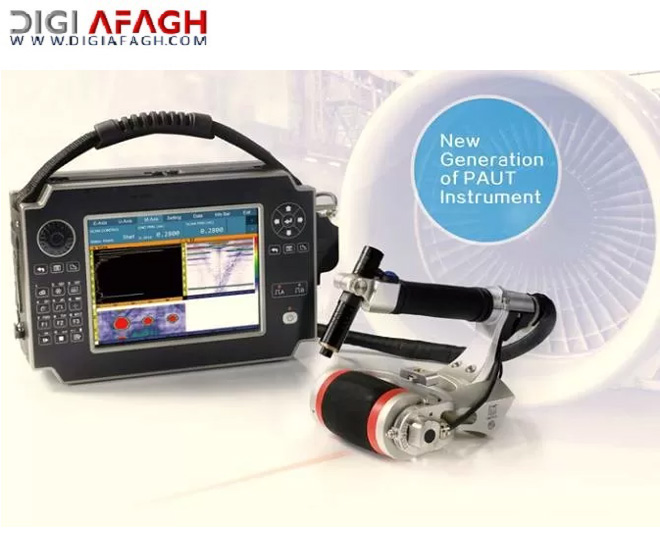
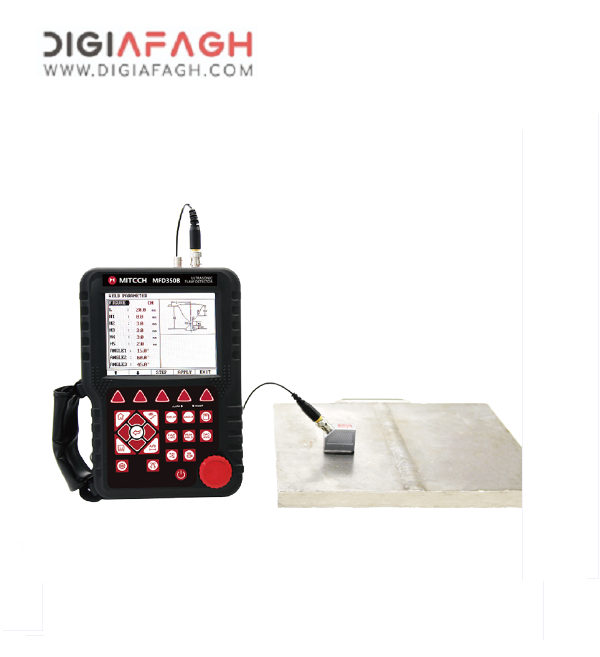
دیدگاه خود را در مورد این کالا وارد نمایید.